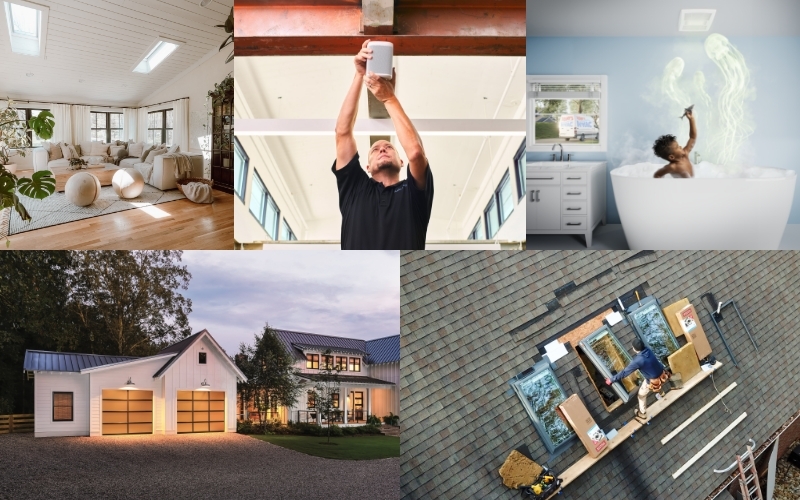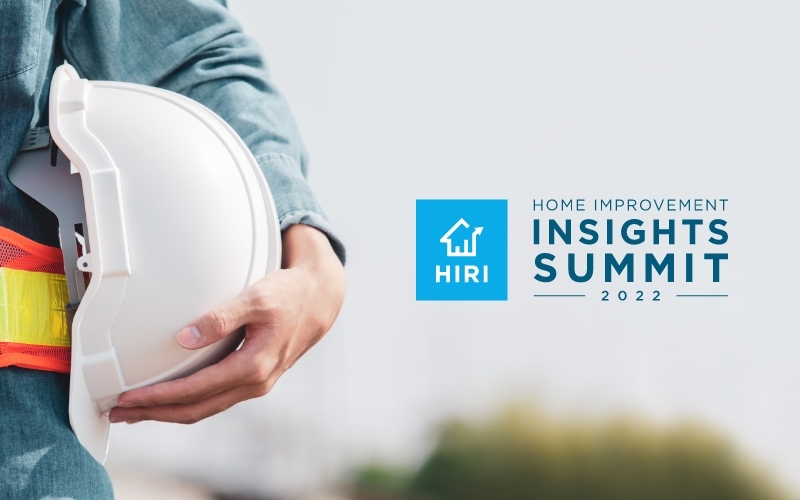Industry Trends
I recently had the pleasure of attending the 2023 New Home Trends Summit, the annual design and consumer trends conference hosted by John Burns Research and Consulting.
JBREC is a leading real estate research firm, providing builders, developers, architects and building products manufacturers with the latest U.S. housing analysis and market trends through the New Home Trends Institute.
The 2023 summit featured a variety of experts who shared what trends they see not just emerging but also evolving to become industry standards. Throughout the summit’s presentations and conversations, I was furiously taking notes and jotting down insightful nuggets.
Here are some of this year’s current housing trends and strategies that I found particularly intriguing.
1. Affordability is the biggest amenity in housing today.
Across numerous keynotes and panel discussions, one theme was consistently repeated and discussed: affordability.
Affordability — at any price level — can be achieved through the intentional and collaborative approach between builders, developers and designers to meet desired price points and still make homes meet buyers’ priority needs.
One such solution is the concept of density, as both a pathway to affordability and a function of migration patterns, including the surge in out-of-state buyers in residential communities.
In some ways, the antithesis of single-family, suburban sprawl, density trends focus on new residential development that houses more people in less space. Density refers to not only high-rise buildings but also scenarios ranging from single-family houses on smaller lots to townhouses and apartments.
This trend toward building smaller residences also requires creative approaches to ensure homeowners still have the room and privacy they crave. With more and more people asking themselves, “Do we really need as much space?” more functionality and purposeful design in smaller homes are a must.
My friend and colleague Group Creative Director Vivian Mize also attended the summit. Vivian has a wonderful sense of design and an eye for aesthetics. I asked her how she sees this desire to create more flexibility and unlock unused space reflected in current home remodeling trends.
Here are Vivian’s three trends that can help maximize the available space in any size home.
Broken-plan living: “During long COVID-19 pandemic quarantine periods, we found ourselves longing for a few more walls and cozy corners,” said Vivian. “Broken-plan living uses partitions, freestanding furniture, cabinetry and house plants to create distinct zones and nestlike nooks intended for working, relaxing or entertaining.”
Dine-in kitchens: “The formal dining room has been going extinct for a while, but now homebuyers are opting to remove their kitchen tables altogether to save space,” noted Vivian. “Instead, builders are offering chair-height island countertops to maximize square footage. This trend is even being adopted by high-end home renovators.”
Pocket offices: “Home offices were born from the pandemic and the need for everyone to have space to work within the home,” added Vivian. “Given the shrinking size of technology — from desktop computer to laptop and now sometimes tablet — home offices no longer need to be big. This new trend is all about maximizing space, and mini-offices can be integrated into closets, laundry rooms and even hallways.”


